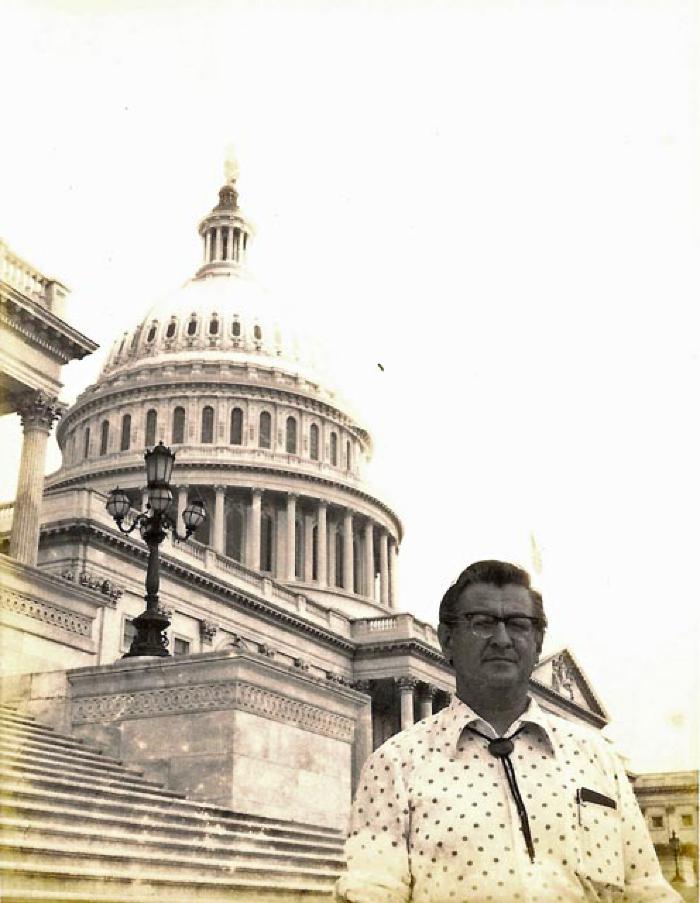Government, Government Person — Kasnaaq

In the late nineteenth and early twentieth centuries, Kodiak’s rural villages maintained local governments led by a community chief. The chief was chosen from the adult male residents of each village by a traditional council that included a second chief, a churchwarden, a lay reader, and community Elders. Although the position was not inherited, and no one was forced to serve as chief, chiefs were often succeeded by a family member.
The chief controlled activities in and around the village, wherever its residents were working. He was responsible for overseeing the community’s economic welfare, managing public safety, and acting as a court system. The chief held meetings to discuss issues that affected the community. This included a meeting before each subsistence season to organize harvesting activities. The chief decided where each family would fish or trap, what camps they would use, and how long they would be gone. This coordination fostered cooperation, ensured that all families were provided for, and helped the chief keep track of the people in his care.
Meetings began at the chief’s house, where he consulted with his council and formed an agenda. Then the chief called a public meeting, which was often held in the local school. The second chief told residents about the meeting, or it was announced at church. Everyone was invited to come and share their opinion, but the chief made the final decision. This included designing punishments for people who broke community rules.
This system continued into the late 1950s when Alaska became a state and communities began electing a city mayor and participating in the statewide judicial system. In the 1970s, Alutiiq villages also established tribal councils to meet the requirements of the Alaska Native Claims Settlement Act. Today, each tribal council has seven members elected by the villagers for a designated term.
